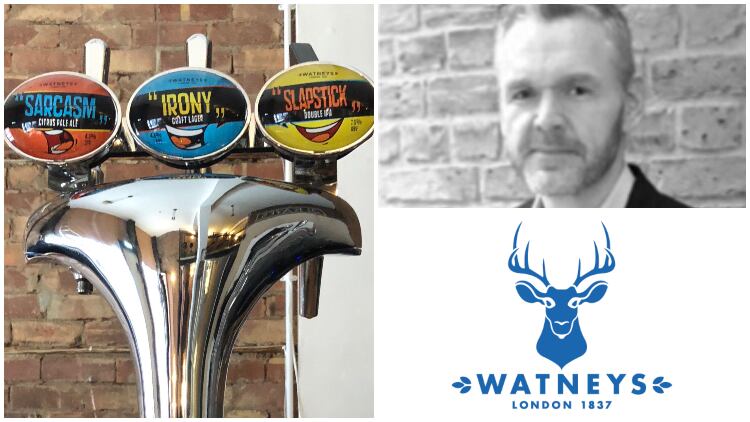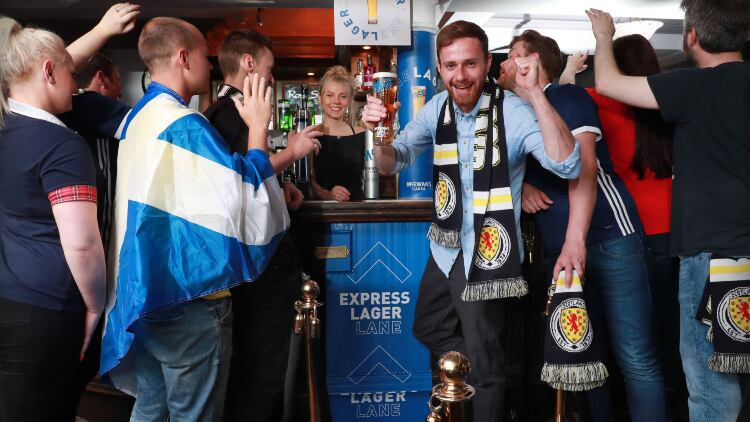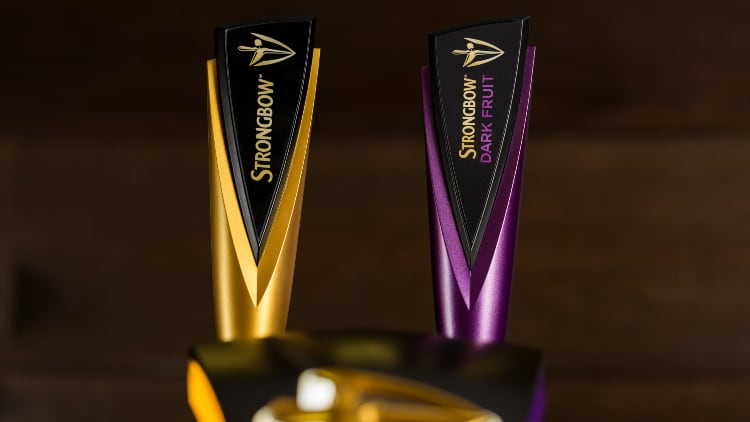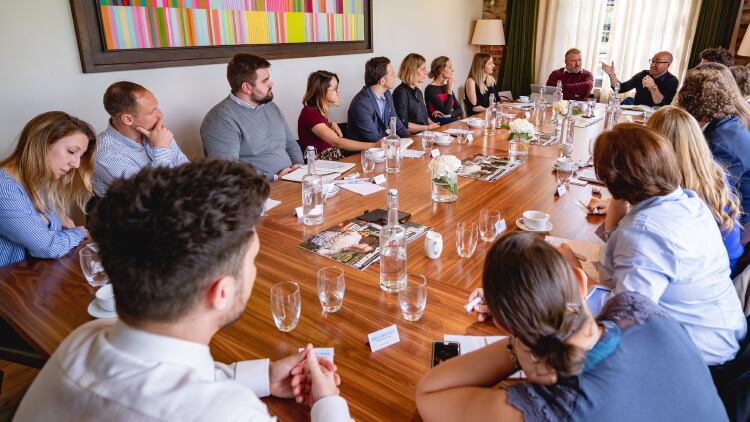Speaking to The Morning Advertiser following the launch of a £400,000 crowdfunding campaign to continue Watneys’ growth after the historic brand was relaunched in 2014, Whitehurst explained the decision to resurrect the brand behind Party Seven draught bitter – which launched in 1968 – came from a desire to gain cut through in a crowded marketplace.
"We saw the market starting to change, saw craft starting to find its feet, could see an explosion of brands and brewers coming down the road, and thought it'd be interesting to start to look at something different,” he explained.
“We then struck upon the idea of looking at old brands as a way to cut through into a marketplace where brand awareness is probably the single biggest challenge for a market, where there are so many new entrants.
“We approached Heineken, which owned the Watneys brand through various different mergers and acquisitions, and they licensed it to us in 2014.
“Since then we’ve built it back in its original market with a view to bringing Watneys back to some of its former glory – it was undoubtedly a huge brand and there was a lot of affection for it.”
Nostalgia with a twist
While the revived and revamped beer company – which achieved 85% year-on-year sales growth in 2018 and is valued at £1,787,313 according to its crowdfunding site – demonstrates that British brands can be successfully resurrected, Whitehurst explains that he initially sense checked plans for Watneys’ rebuild by looking at examples from further afield.
“I spoke to a friend of mine who is a global drinks analyst who said Pabst did a really good job in the US doing a similar thing to Watneys and there are Soviet brands coming back in Russia,” he explained.
“If you look at other markets, it’s as a good parallel as well – Adidas keeps selling Stan Smiths, there are lots of fashion brands that bring back retro clothing, there's retro confectionery in sweets and things like that. So, in this world, where everybody sits on their phone and most things are virtual, having a link back to the past and a bit of nostalgia can be quite compelling for some people as long as you then make sure that whatever you're doing is relevant and modern and contemporary now. That was really the challenge.
“The drinks and brewing industry is littered with brands that have fallen by the wayside over time for lots of different reasons. In my lifetime, Hooch was massive, disappeared and has come back again – there is a precedence, but we're just trying to put our own spin on it.”
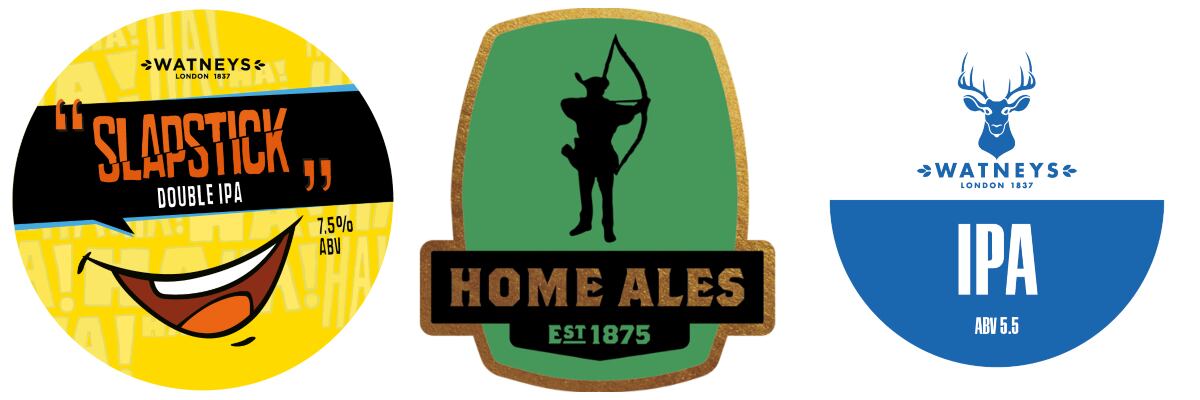
Marketplace cut through
However, according to Whitehurst, while resurrecting a historic brand can offer unique cut through and advantages in a noisy beer marketplace, he states that it is vital to pair it with modern impetus.
“You need to be mindful of the past, and look to the past for inspiration, but the biggest challenge for us is not to be driven and led by the past and to try and put our take on what we want the brand to be in the future.
“It certainly helps to have frames of reference – we’ve done some cask ales taking some inspiration from the past – there’s lots of rich history that can give you inspiration and challenge our thinking.
“It’s a massively competitive marketplace, there are lots of good brands out there and lots of innovation so finding the time in people’s heads to tell a story is a challenge.
“With Watneys existing in the architecture and fabric of a lot of pubs, it enables us to have a good story for consumers but also for the trade. Actually distribution in the independent-free trade and national customers is a really big challenge and it certainly helps that having the brand and legacy behind you when you're trying to talk to a publican who might have had 15 people try to sell them a product that day.”
Brands over beer?
He added: “We need to care deeply and passionately about the product but I think we need to recognise that most consumers don't think too much about it.
“There are a small group of people that do care and they're catered for really well but actually people go into a bar and the vast majority of people buy brands. They've got a small portfolio that they recognise, trust and look for.
“That's why BrewDog, Camden, Meantime and lots of craft brands do so well – it's the brands that shine through and are going on to get big distribution wins with big retailers.
“Yes, products are an important part of it, but they're part of the jigsaw and we have to make sure we focus on our brands and doing the right thing with those because that’s what will lead to longevity for our business.”

